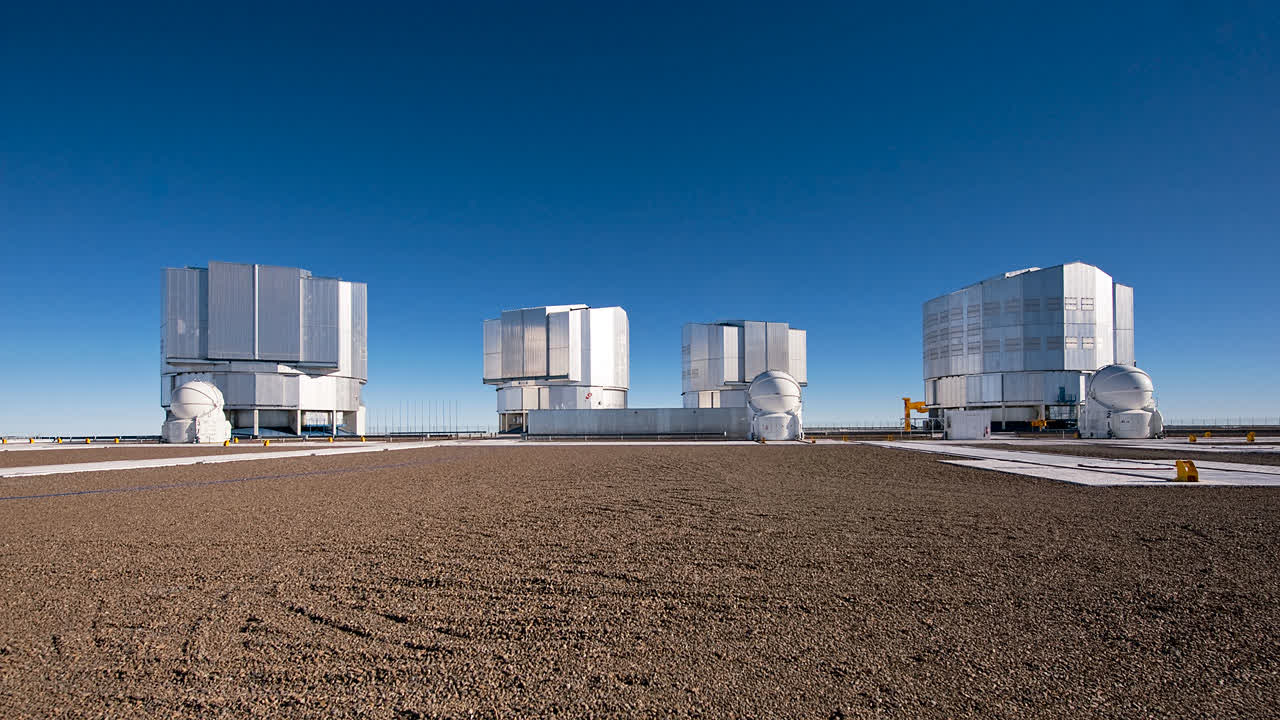In brief: The pristine night skies above one of Earth's premier astronomical observatories are in jeopardy, and astronomers are sounding the alarm. A massive $10 billion renewable energy complex proposed just a few miles from the European Southern Observatory's Very Large Telescope in Chile could severely disrupt observations with increased light pollution.

European Southern Observatory Director General Xavier Barcons told Space.com that astronomers expect the project to brighten the sky by up to 10 percent around the observatory. Such an increase would be enough to diminish the Very Large Telescope's status as the world's premier observatory, reducing it to merely an "average" facility.
That modest 10-percent spike packs a bigger punch than it seems. Barcons warned that increased light could prevent observation of up to 30 percent of the faintest galaxies currently visible.
The VLT's incredible sensitivity has allowed groundbreaking discoveries like the first direct image of an exoplanet and the unveiling of the cosmic web structure. However, it would lose this capability were the skies to become brighter.
The energy complex in question is the INNA Renewables Park, planned by US energy giant AES. It would span over 7,400 acres in Chile's Atacama Desert and feature solar farms, wind farms, and hydrogen production facilities. Sadly, the project could also leak as much light into the night sky as a city of 20,000 people, based on ESO estimates.

The park spells potential trouble for the ESO's $840 million telescope. It will also affect its upcoming $1.5 billion Extremely Large Telescope on Mount Armazones. Both were carefully situated in the Atacama's remote regions to take advantage of some of the darkest night skies on the planet. The ESO and 16 member nations chose this site after an extensive global search for ideal observation conditions.
Barcons clarified that the ESO is not opposed to the facility; it is just its proximity. He argues that AES should build the energy complex further away from the observatory. Mocing it 50km (31 miles) further away would resolve the problem. The ESO is also calling for stricter legal protections of the Chilean night sky, especially around the observatories in the Atacama Desert.
According to AES Chile, the project is still in its early stages and pending final approval. In December, it submitted an environmental study stating that "community engagement is a top priority."
Image credit: ESO